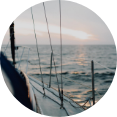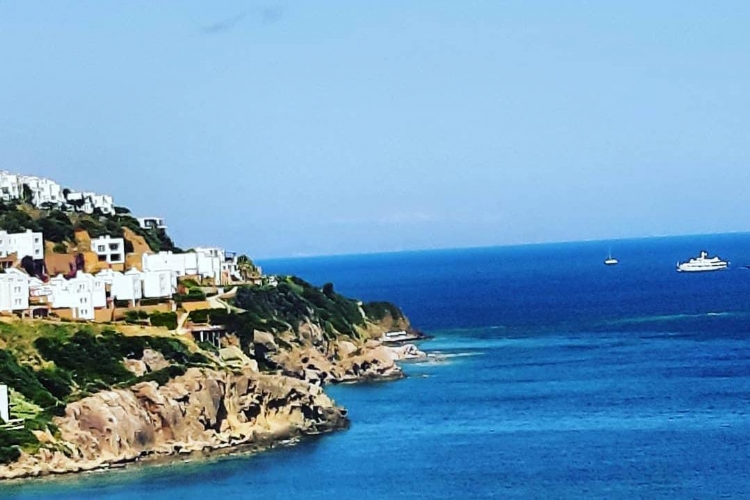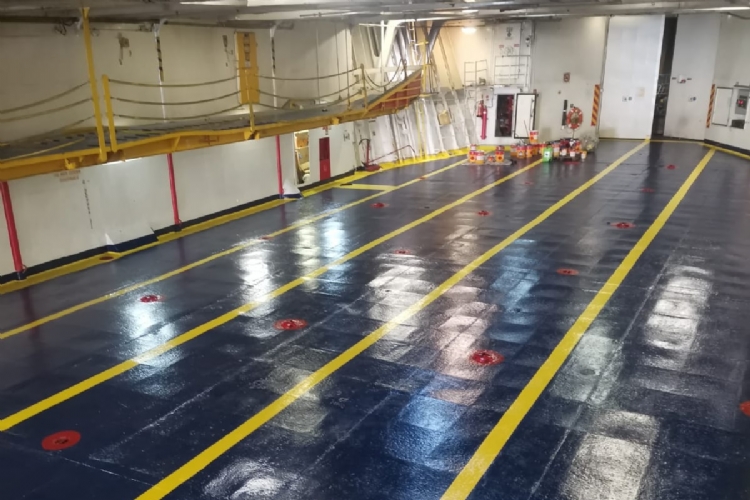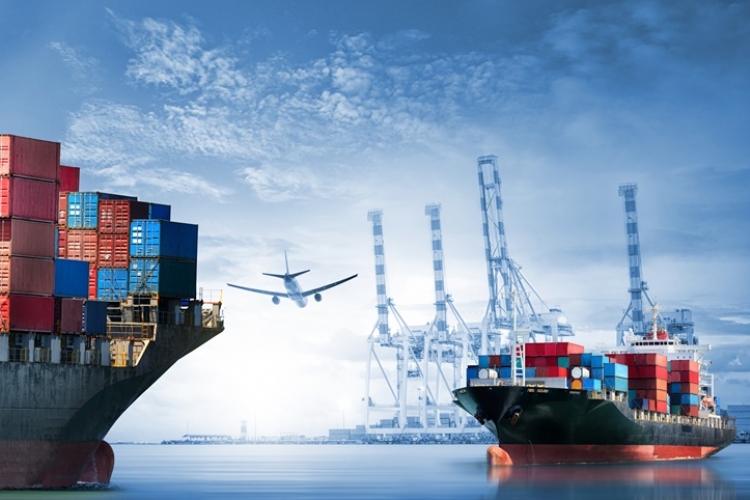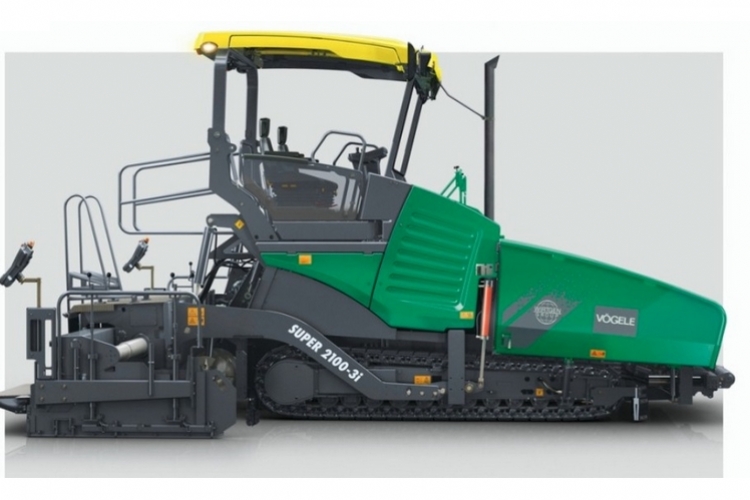Promotion
Information About Libya
What is the Meaning of the Libyan Flag, Its Population in 2022, Capital City, Currency, and Time Difference?
Where is Libya?
Located in the north of Africa, Libya has a coast on the Mediterranean Sea. It borders Sudan to the southeast, Chad, and Niger to the south. It has a land border with Egypt in the east and other neighbors of the country are Tunisia and Algeria. The fact that Libya has a long border to the Mediterranean Sea has allowed the development of fisheries and maritime transport in the country.
What is the Population of Libya? (2022)
At the last general census, the total population of Libya was announced as 6,871,292. Today, its population is estimated to be more than 7 million. The inner parts of the country are not suitable for agriculture, as there are extensive deserts there. Therefore, the population density in the coastal areas is much higher. In Libya, which has been rapidly urbanizing over the past 20 years, more than 80% of the population lives in cities. More than 20 thousand Turks live in the country, including Arabs, Bedouins, and Berbers.
What is the Currency of Libya?
The currency of Libya is the Libyan dinar. Before the dinar, which got into circulation in 1971, the Libyan lira was in use. The largest banknote in circulation is 50 dinars, and the smallest coin is 1 dirham.
Languages Spoken in Libya
Libya is one of the bilingual countries. The official languages are Arabic and Berber. The language spoken by Berbers is also known as 'Tamazigh. European languages such as English, Spanish and Italian are also spoken in the cities where foreign tourists frequently visit, especially in Tripoli.
Libya, Tunus ve Cezayir ile birlikte Kuzey Afrika'nın en geniş topraklarına sahip ülkelerinden biridir. 1947 yılında İtalya'dan ayrılıp 1951 yılında da bağımsızlığını ilan etmiştir. Afrika kıtasının en geniş petrol rezervlerine sahip ülkesi olan Libya, güçlü bir ekonomiye sahiptir. Libya hakkındaki en güncel bilgileri sizler için derledik.
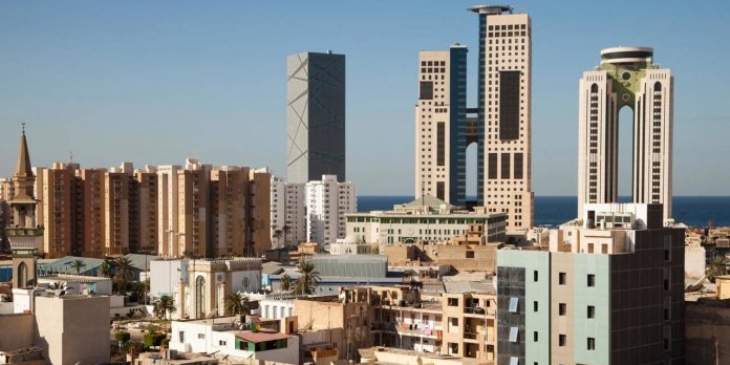
The
Libyan flag was changed many times due to regime changes. Between 1969 and
1977, a flag consisting of black, white, and red stripes was used. The color of
the flag, changed in 1977 again, became green and there were no symbols on it. The
first flag was adopted on December 21, 1951, and was started to be used again in
2011. Libya, whose form of government is a unitary parliamentary republic,
consists of three regions.
Consisting of a total of 22 cities, the most well-known cities of Libya are Misrata, Saba, Benghazi, and Fezzan.The name of the region in the east of the country is Cyrenaica, and the name of the region in the south is Fezzan. And the most developed region of Libya in the north of the country was named Tripoli. The common feature of these cities is that they have very rich soils both in terms of underground resources and mines. The most extracted mines include gold and gypsum.
Where is the Capital of Libya?
Tripoli is the capital of Libya. In addition, Tripoli, the largest city in Libya, was called Trablusgarp during the Ottoman period. More than 3 million people live in the city, which has an area of 1,507 square kilometers. In the capital, natural and historical tourism is developed as well as industry and trade. Its most important historical buildings are Algeria Square and the Ornate Mosque.
The city where more than 350 thousand people live is also known by the name of Berenice. Derne, located in the northeast of the country, is a port city. The city, where fishing and agriculture are also developing, is rich in underground resources. The city of Gat is located on the border with Algeria and is the commercial center of Libya. Other major cities in Libya include Ubari, Mızrata, Tobruk, Sirte, Al Ajaylat, Bani Walid, El Aziziye, and Ra's Lanuf.The Marcus Aurelius Arch, the Red Castle Museum, and the Martyrs' Square, built in the era of Ancient Libya, are visited by millions of tourists annually. Benghazi is the second-largest city in Libya with an area of 314 square kilometers.
